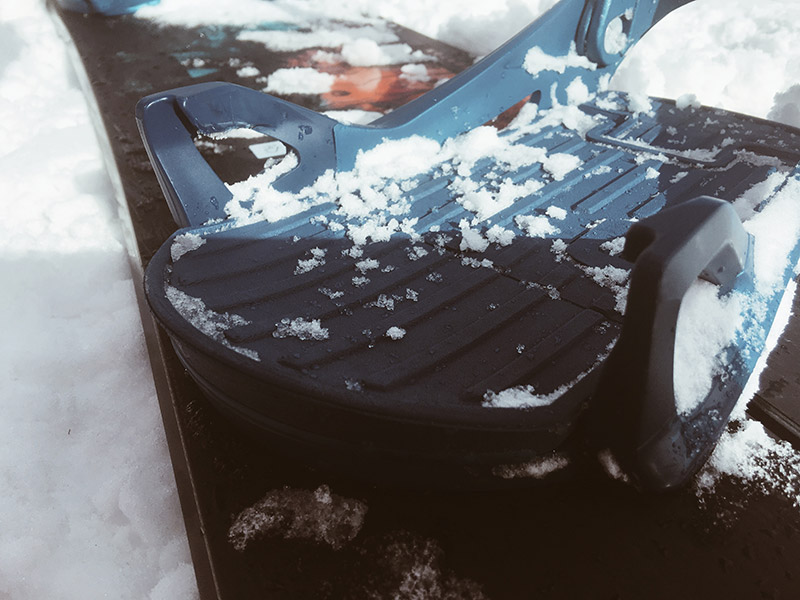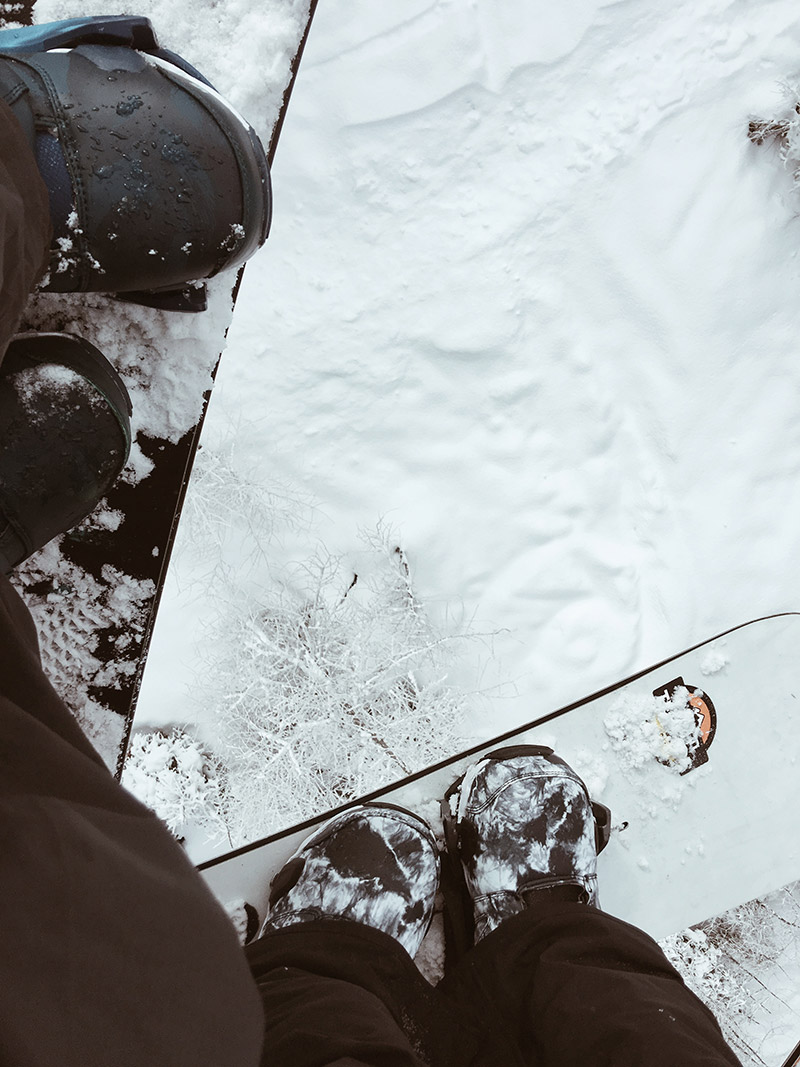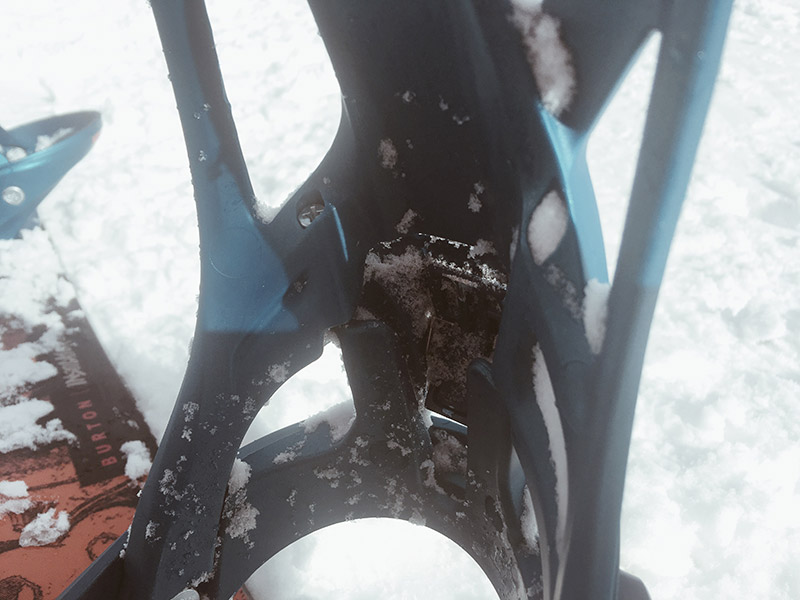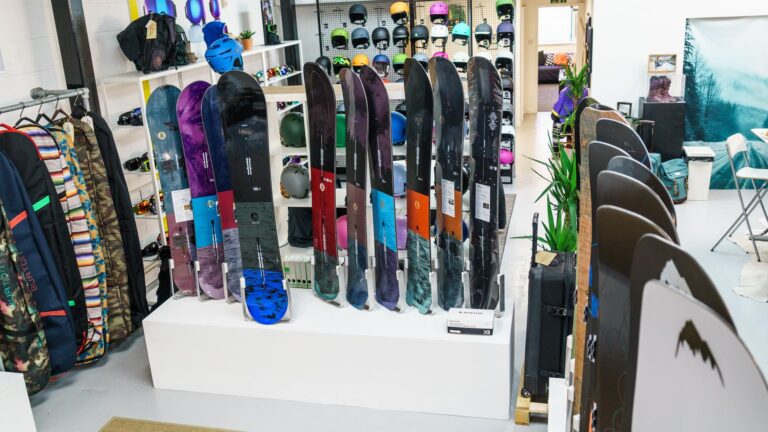Photos: Ed Blomfield / @edblomfield
By now you’ll have seen and heard plenty about the new Burton Step On bindings. Some are calling it a passing fad, while others have been waiting a long time for a step-in system to return – but for all the head turning, tongue wagging and keyboard-warrioring, there are still very few people out there who have actually tried them.
It’s clear that they’re a massive improvement on past efforts, but are they good enough to rival a traditional two-strap binding? To find out, we headed to the Austrian resort of Axamer Lizum, a stone’s throw from Burton’s European HQ, for a warts-and-all test. Any questions?

So, step in bindings are well and truly back?
Step Ons, if you don’t mind – but yes. Many years have passed since their dalliance with ‘SI’ models, but Burton now claim to have perfected the technology.
“Perfected”? They look weird.
We have to agree with you on that one – even with the ‘Snugger Strap’ that mimics the look of a classic ankle strap, the sight of your unsheathed boot is an odd one at first. Then again, you could have said the same about highbacks when they first appeared. It took a few chairlift rides, but eventually we were able to stop staring down at our feet with suspicion, and enjoy the view.



